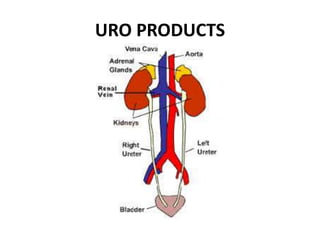The document discusses Sofosbuvir, a breakthrough drug approved by the FDA in 2013 to treat hepatitis C. Sofosbuvir directly targets the hepatitis C virus, attaching to its RNA to stop it from multiplying in the liver. It is effective against genotypes 1-4 of the virus and offers all-oral treatment options without interferon for some genotypes. A 400mg dose of Sofosbuvir has been found effective in combination therapies lasting 12-24 weeks.






































